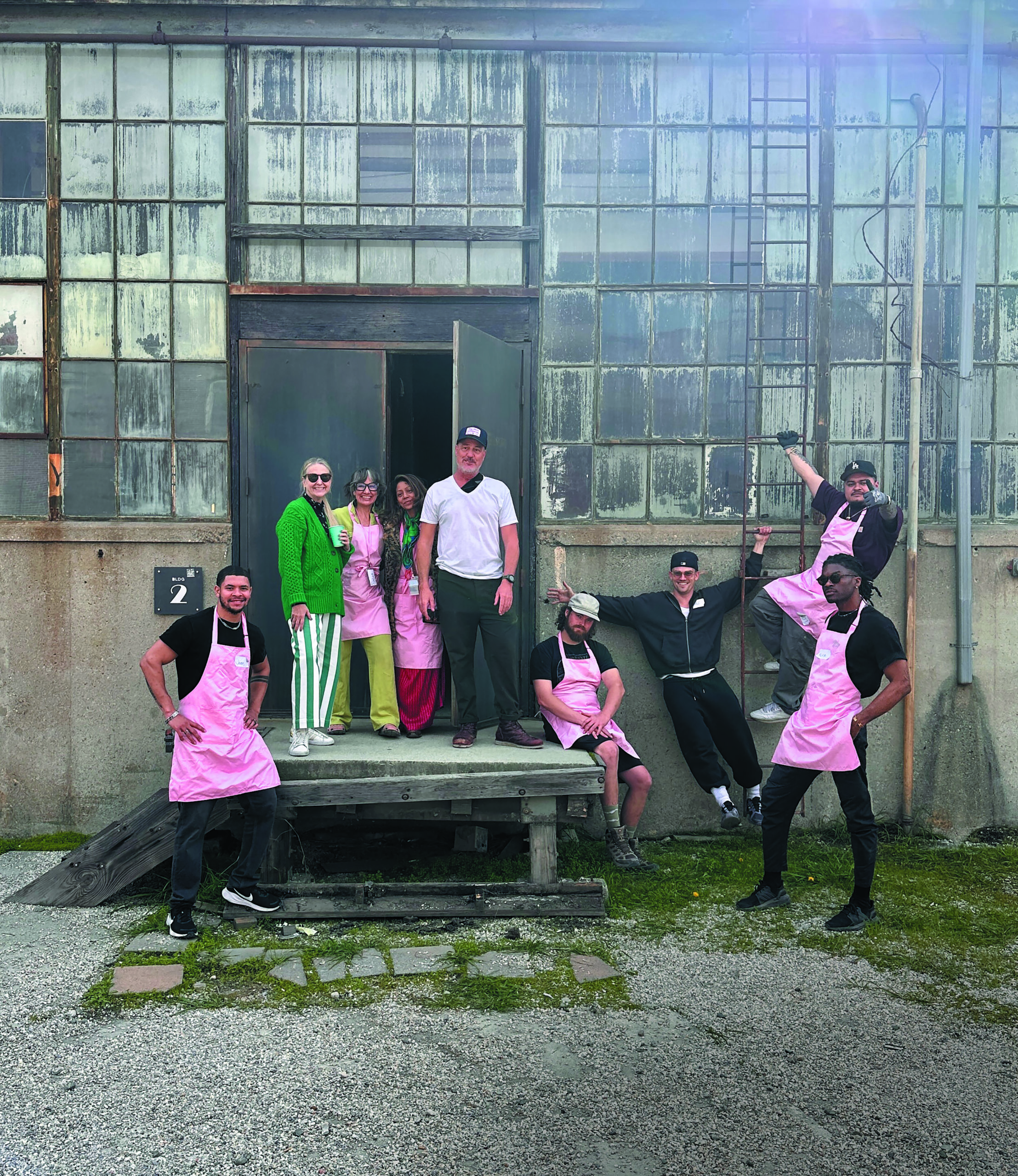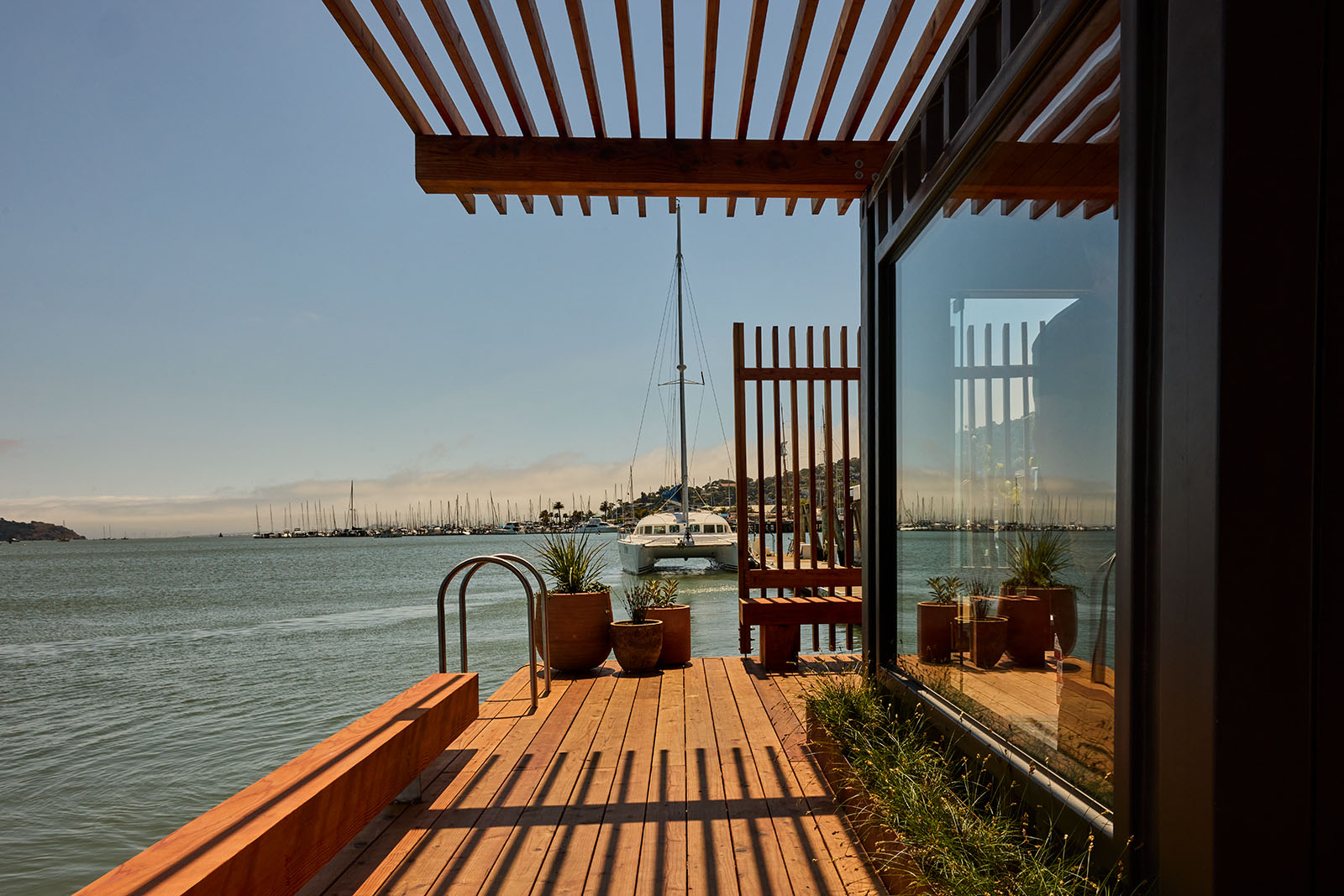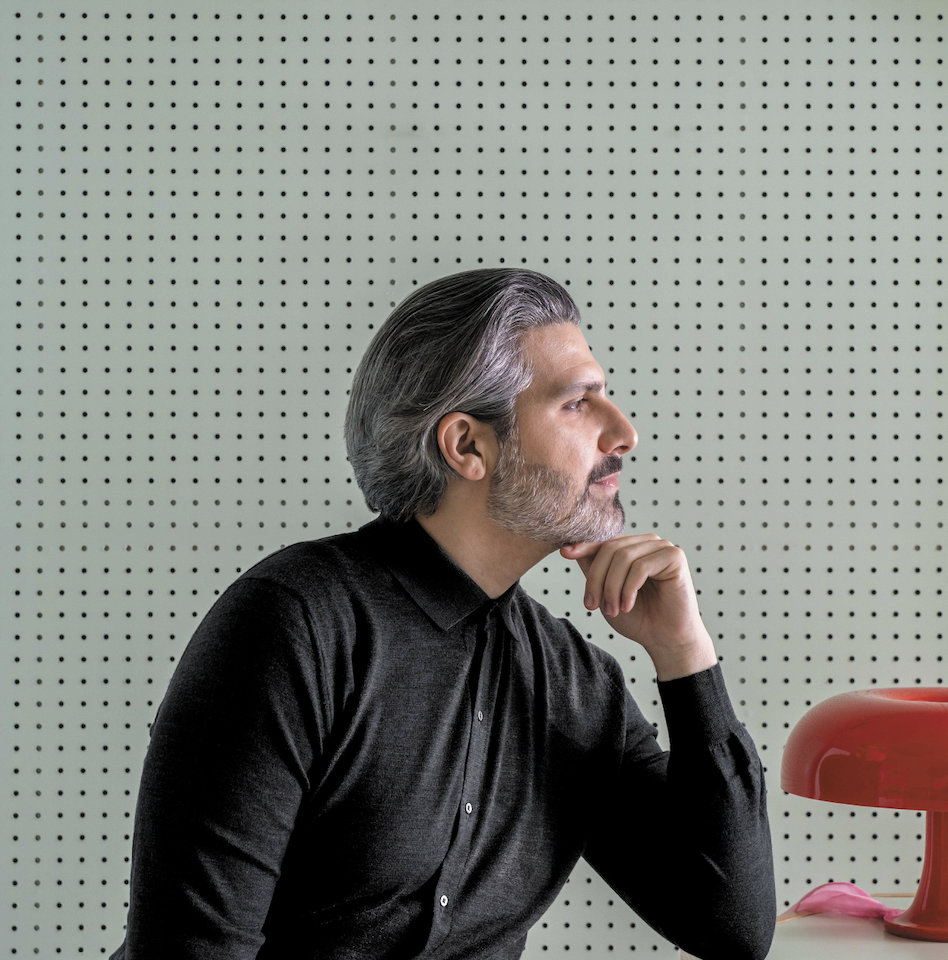Architect Crush: Takashi Yanai
Author:Lindsey ShookJapanese-born, California-based Takashi Yanai of EYRC Architects (Ehrlich Yanai Rhee Chaney Architects) is revolutionizing modern architecture throughout California with their prolific work. At the helm of the residential side of the firm, Takashi has a unique background which has helped shape his own approach to the field. Once working as an editor for GA Houses in Tokyo, he has studied many structures which allowed him to base his own work in the contemplative relationship to landscape and the continuation of the California Modernist ethos infused with reinterpretations of traditional Japanese elements. Now he serves on SFMOMA’s Photography Accessions as well as the Architecture+Design Accessions Committees and has also been appointed the Chair of the National AIA Committee on Design for 2021. Here, we caught up with Takashi to uncover what brought him to the practice and what in California inspires him the most.
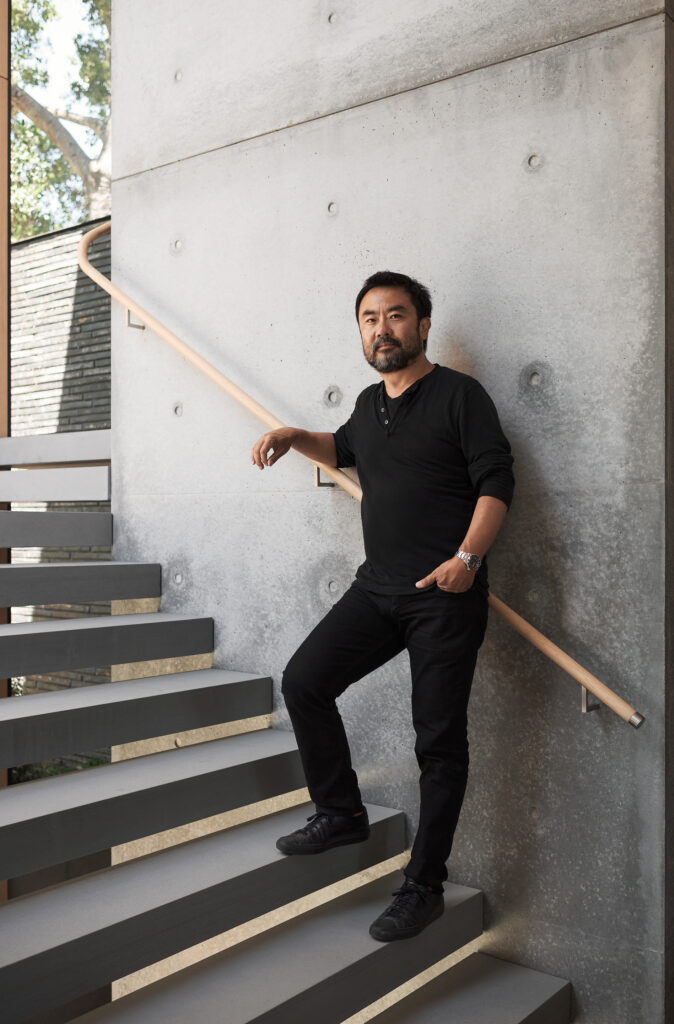
–What significant building or structure inspired your career in architecture? I spent a lot of time at my grandmother’s tea house outside of Tokyo. It had such a serene meditative feel and was in a beautiful garden. That was probably the first place that made me realize how important environments were on one’s wellbeing. At the same time, Frank Gehry was building his iconic house in Santa Monica. This was the late 1970s. I would walk past it every day on my way home from school. I was awe struck by the freedom and experimentation. It made me think that architecture was a way to realize a whole new world.
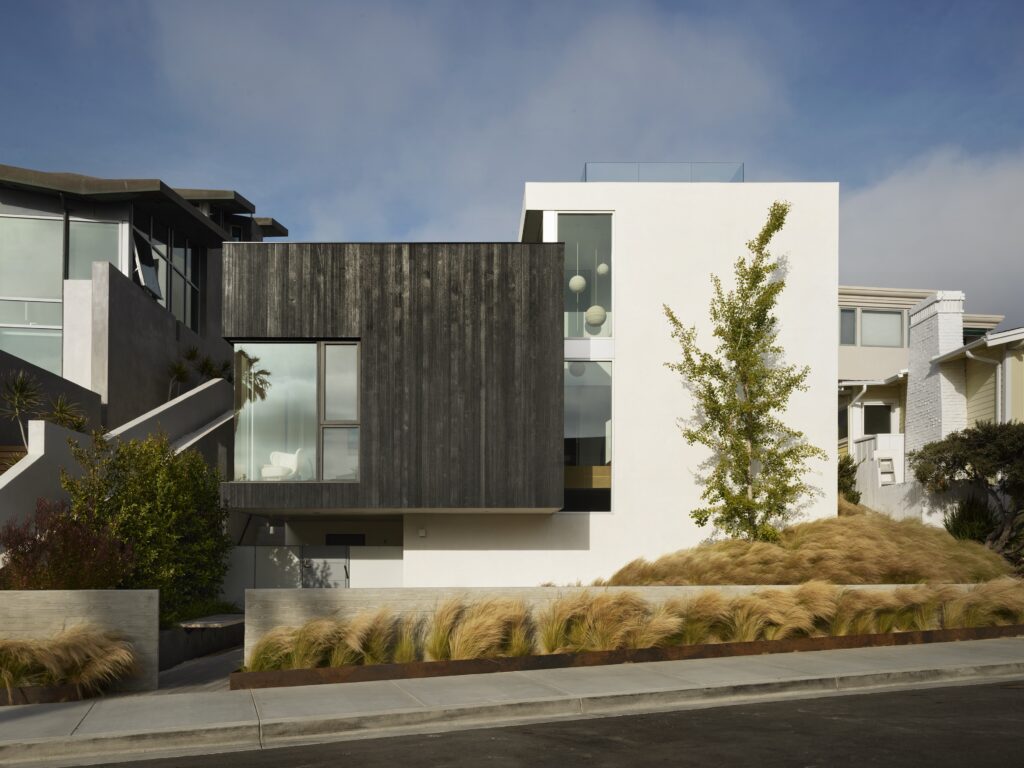
–In what ways did working as an editor shape your aesthetic? I spent several years as a design writer and editor before architectural studies in graduate school. I was exposed to the best architecture in the world. As a writer and editor it gave me the opportunity to also really understand that it’s not never just aesthetics but how they are related to concepts, intention and context. There is a bigger picture.
–What are the most important elements of Japanese design that you introduce into your style? There are so many aspects that have influenced me but perhaps the three most critical would be how a house relates to the landscape whether this is the flow of space or to the views outside. I’m also drawn to the celebration of materials and craft in Japanese design. Lastly would be the sense of the passing of time, how spaces evolve and how things weather.
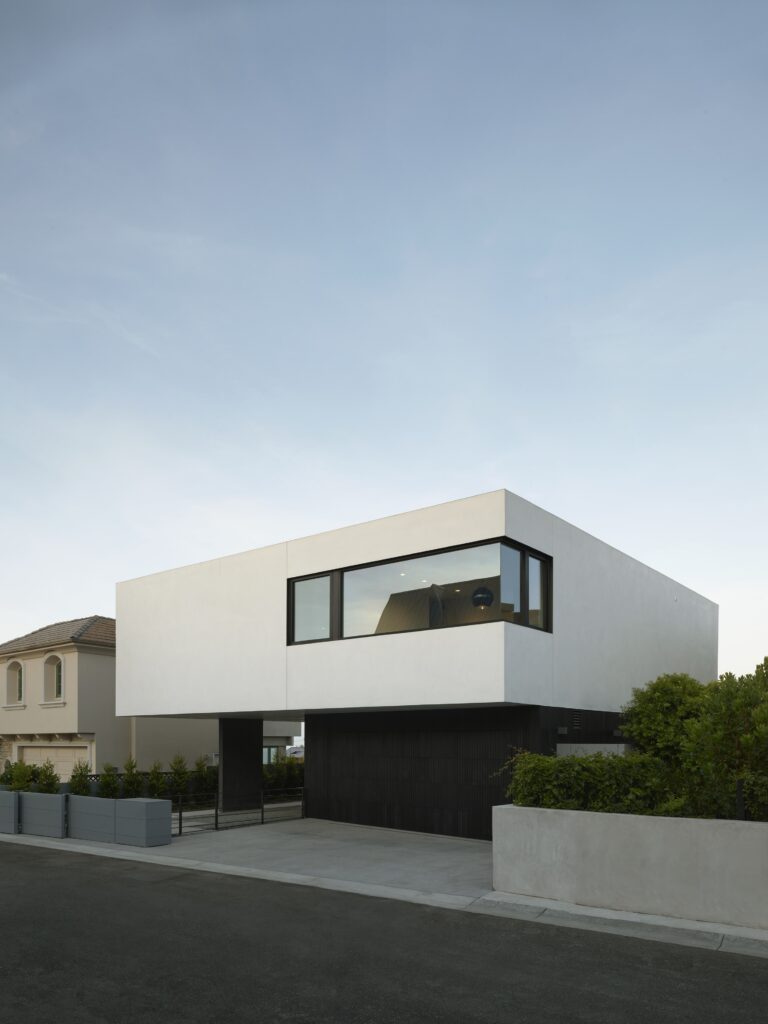
–What elements of California modernism align best with these nods to Japanese architecture? There’s always been a profound conversation between modern architecture in California and traditional design ideas in Japan. Foremost again, is this relationship to nature and how architecture plays a role in how people live within and interact with their surroundings. There’s also this idea of transformation and openness that very much resonates in both places. Whether explicit and deliberate or subtle and subconscious, I think this conversation has been ongoing for a long time.
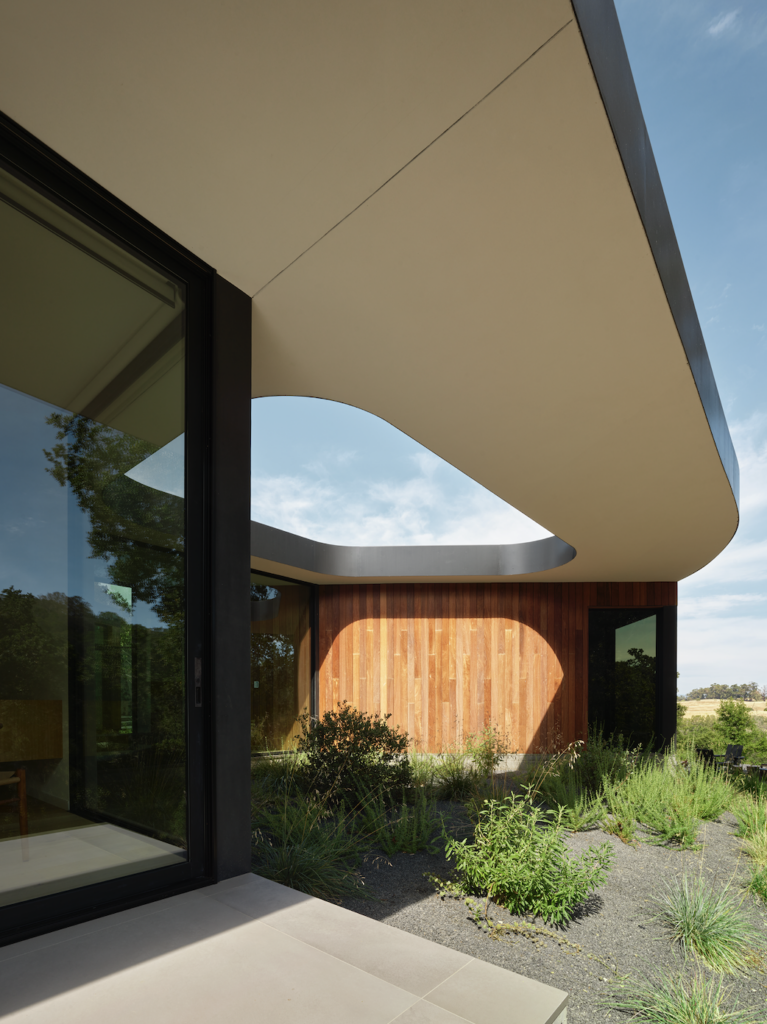
–Which California architect has inspired your career the most? It would have to be Rudolph Schindler and his Kings Road House, for his experimentation with unconventional program, inventive but spare use of natural materials, and how the spaces flow into each other and seamlessly into the gardens and courtyards outside.
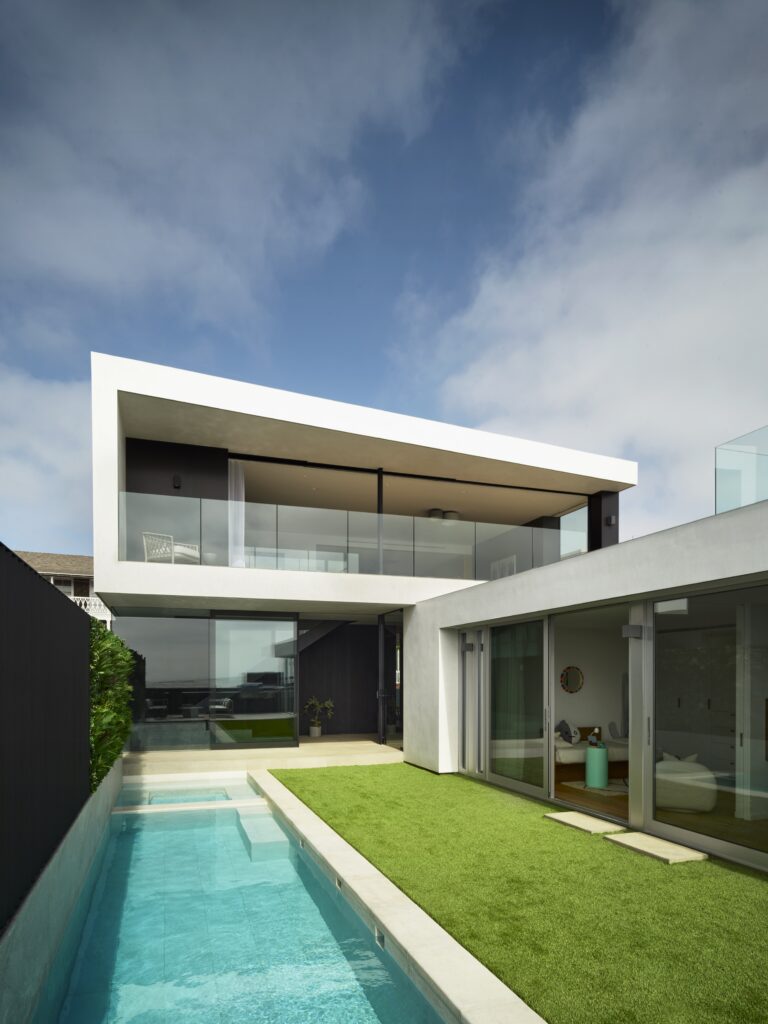
-What travel destination has impacted your work the most? Kyoto is an endless source of inspiration for its beautiful traditional and modern design as it relates to some of the most beautiful gardens and landscape in the world. The level of artistry and craft and the reverence for nature and the seasons is unparalleled.
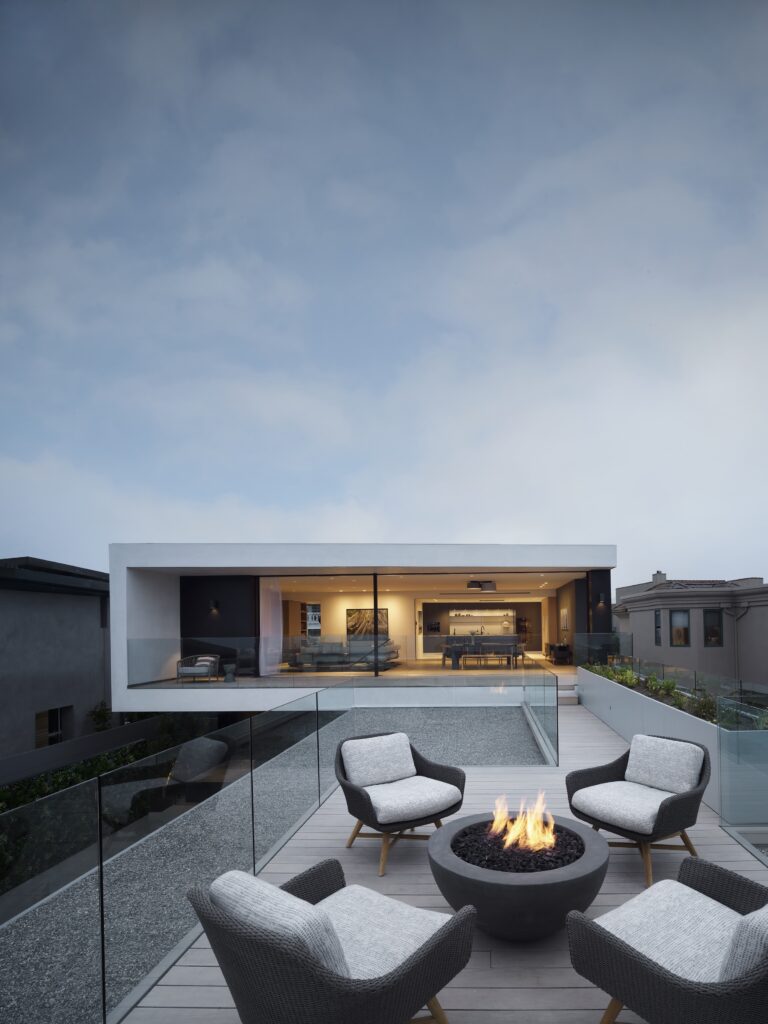
LIGHTNING ROUND
-Favorite LA restaurant? N/Naka is a modern take on traditional Japanese Kaiseki with a California twist.
-If you could have dinner with anyone (dead or alive) who would it be? The artist Isamu Noguchi to discuss his life’s search to reconcile disparate cultures through art.
-If you weren’t an architect, you would be? A writer or photographer.
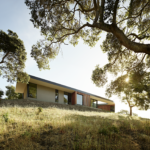
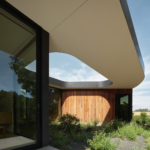
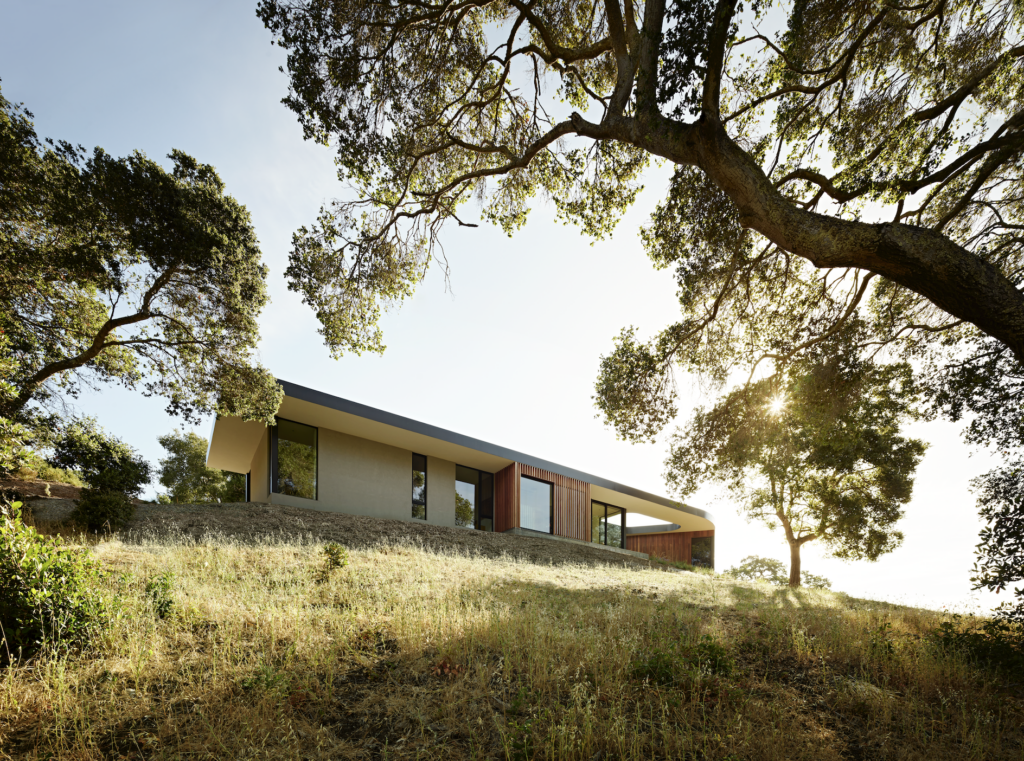 Photo by Matthew Millman.
Photo by Matthew Millman.